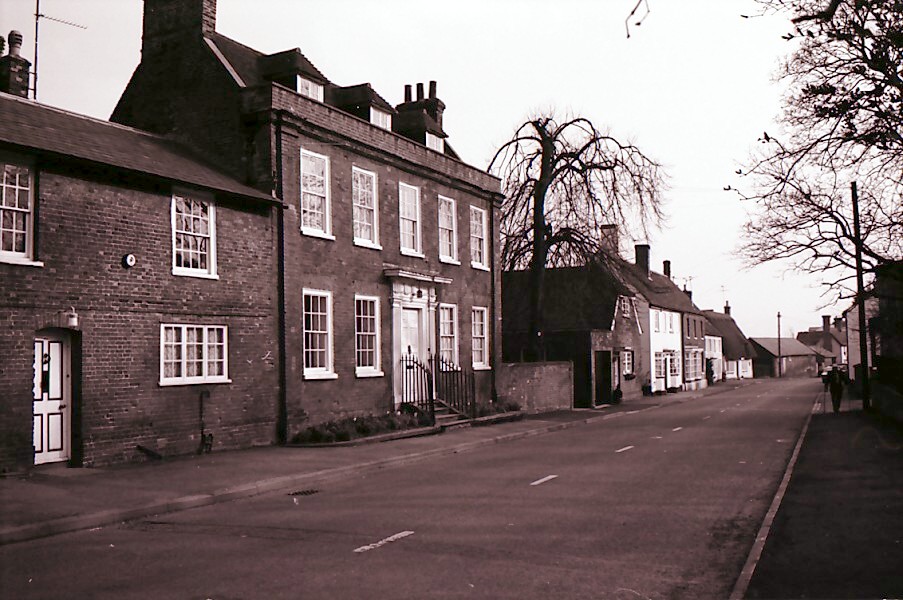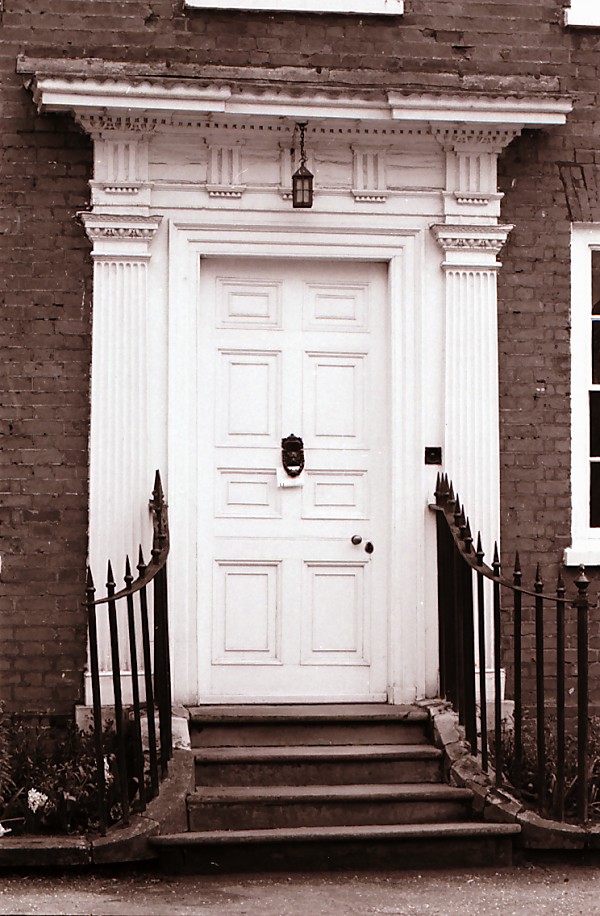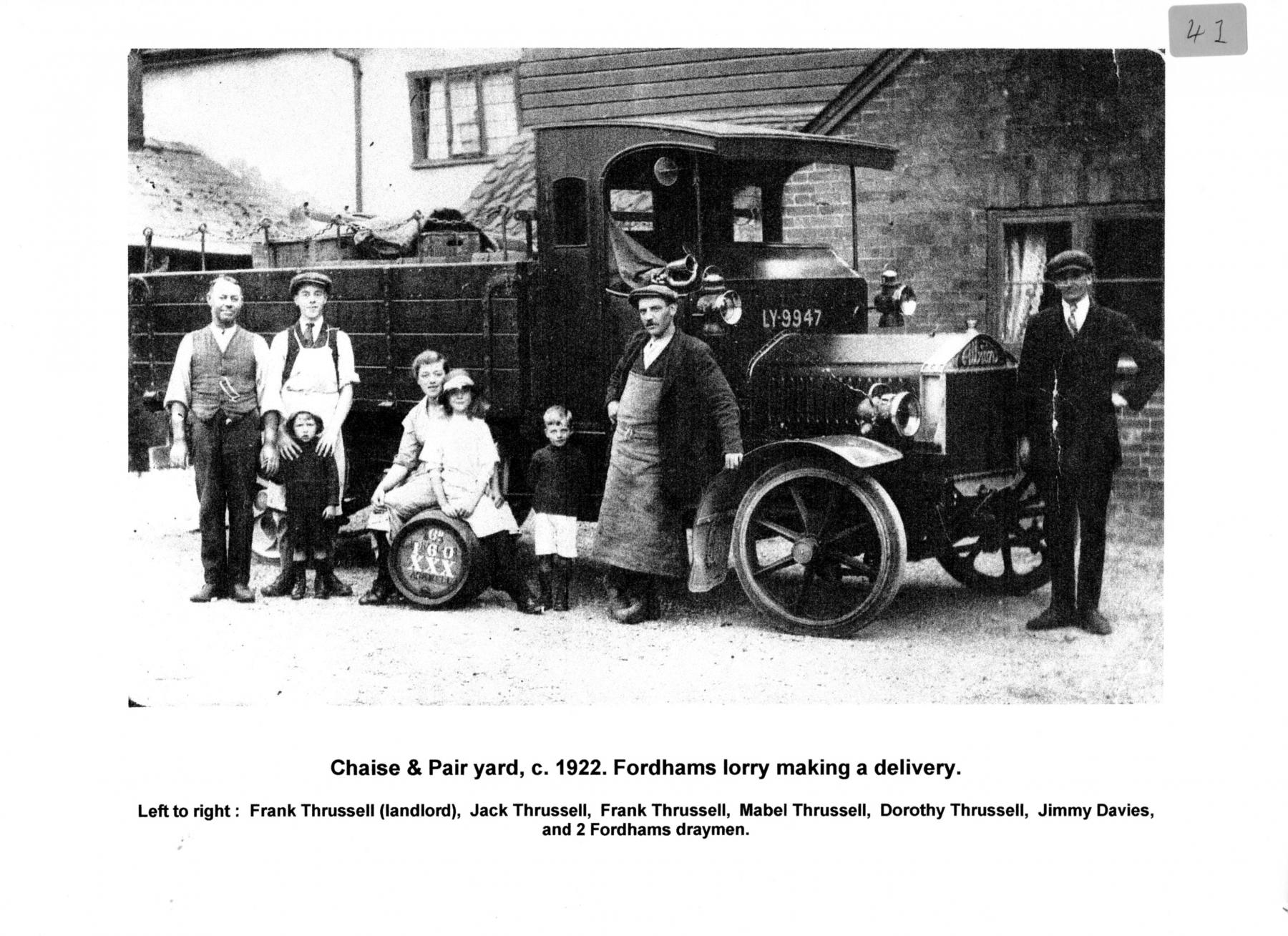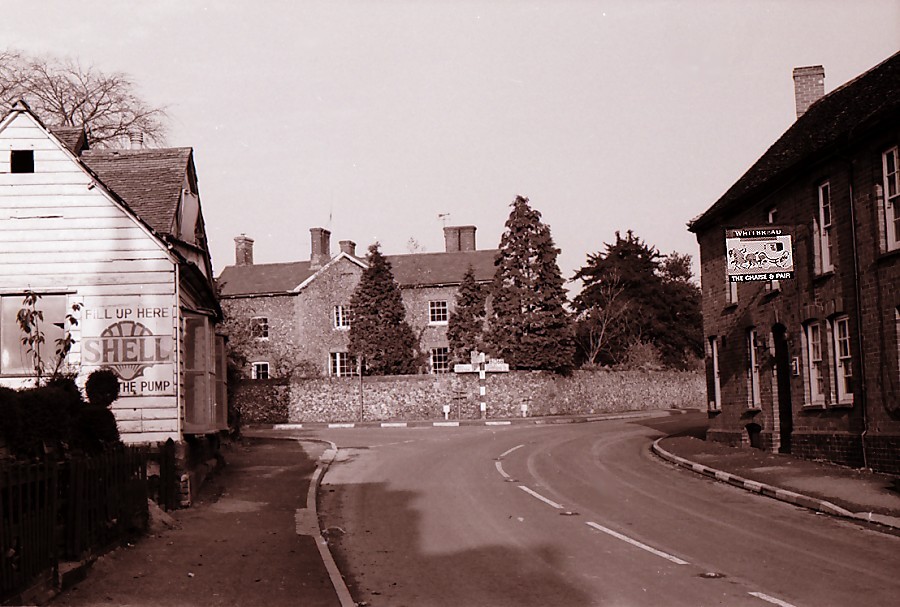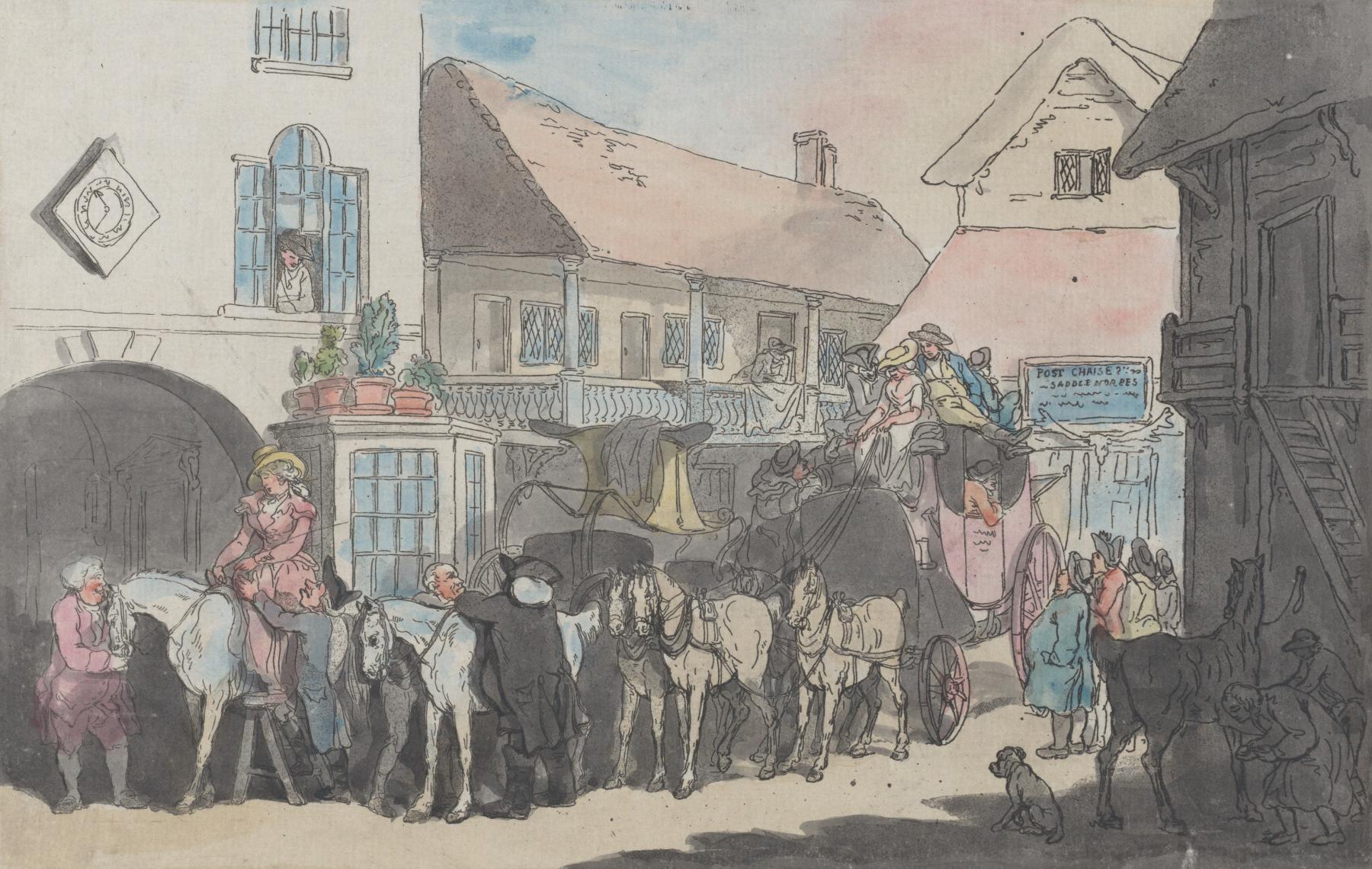Beer, Beds & Stabling
A research project investigating the history of Barkway’s inns and alehouses, c.1750-1850
October 2025 Update: Project Leader, Jon Mein, presented a suggested introduction, or “blurb”, for the forthcoming book. This short piece is intended for the book’s cover or flyleaf and vividly describes the road, its users, and the services provided by the village to support travellers over the years. It also considers wider historical influences, such as the Industrial Revolution and the arrival of the railways.
There are several key matters for consideration including opportunities, timescales, and costs. These covered aspects such as design, printing, image rights, ISBN registration, and sales. The section on printing included figures kindly supplied by Peter Sinclair.
The project is now nearing the end of its first stage of research and moving towards the final phase of production, with the aim of producing a finished, publishable book. The agreed target length is around 10,000 words.
August 2025 Update: Our key “Building the wall" spreadsheet is maturing nicely featuring work by the groupbut especially Val and Graham. It brings together data from many sources giving us the chance to see patterns of change in the number of inns and alehouses in the village. It will be
an important legacy of the project.
A visit to Nicholas and Muriel Tufton's barkway house on one weekend was most useful in seeing the phasing of the Georgian development. One of our current objectives is to make sense of the architectural history of the village during the 1750-1850 period, so Nicholas’s invitation was timely.
July 2025 Update: The committee confirmed that there is sufficient content to publish a small book detailing the findings of the Beer, Beds and Stabling research project. As part of planning next steps, the committee reviewed a summary provided by the editor of a similar local history publication in Wheathampstead, which offered valuable insight into the potential scale and scope of our own work.
The project’s aims as outlined by Jon Mein, led to a wide-ranging discussion on the practicalities of publication. Key topics included printing costs, funding, and sales opportunities. The finished book is expected to be around 10,000 words in length. Potential funding sources were also discussed. The committee expressed full support for moving ahead toward publication.
June 2025 Update: Ongoing work on the Turnpike Minute Books and agricultural surveys, focusing on the impact of enclosures in the local area. A visit to the Cambridgeshire Record Office is planned. Additionally, a visit has been arranged to the former Royal Oak Inn. It is anticipated that the research phase of the project will be completed by the end of July.
May 2025 Update: The group visit to No. 1 High Street on Saturday, May 3rd, was highly informative. The premises served as an inn during the 1700s, though the exact duration is unknown. It closed by 1806 and later reopened as a modest public house in the post-1830s, continuing operations well into the 1990s under the name "Chaise & Pair." Understanding the layout of the property during its final years requires a combination of imagination and reference to Graham's recollections. We extend our sincere gratitude to the owners for their hospitality in allowing us this insightful tour.
April 2025 Update: The initial phase of our research is progressing. The work on the turnpike trust minute books is almost finished and should be concluded at the May meeting with a summary of our findings.
The significance of the road through Barkway to the Ware maltings trade has been examined through secondary sources and will also be discussed in May.
Regarding the "Building the Wall" research, it requires more attention over the next month. From the May meeting onwards, general work on Barkway itself as well as the effects of the Beerhouse Act 1830 will be our focus.
We are approximately halfway through the research phase of the project.
December 2024 Update: Jon Mein, project leader, reported that six volunteers have come forward and would form a strong team. BLHG's website "Project" page will document developments throughout the upcoming year. The dates for the first project meetings have been scheduled for January, during which the six members will take a stroll through Barkway village, led by Graham Penning, to observe notable pub locations.
With growth in population and economic activity, roads became increasingly busy in the 1700s. In an ideal spot on the London to Cambridge road, Barkway’s inn and alehouse keepers were well positioned to offer refreshments, beds and stabling for man and beast. Our project will investigate development of trade in the village and identify who benefited and what the legacy was.
